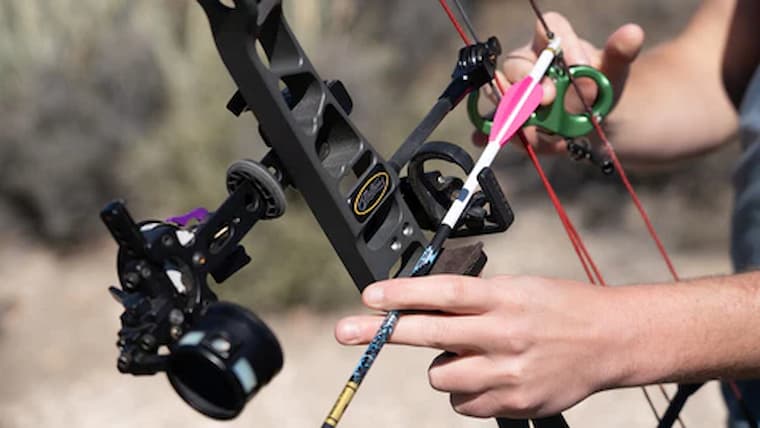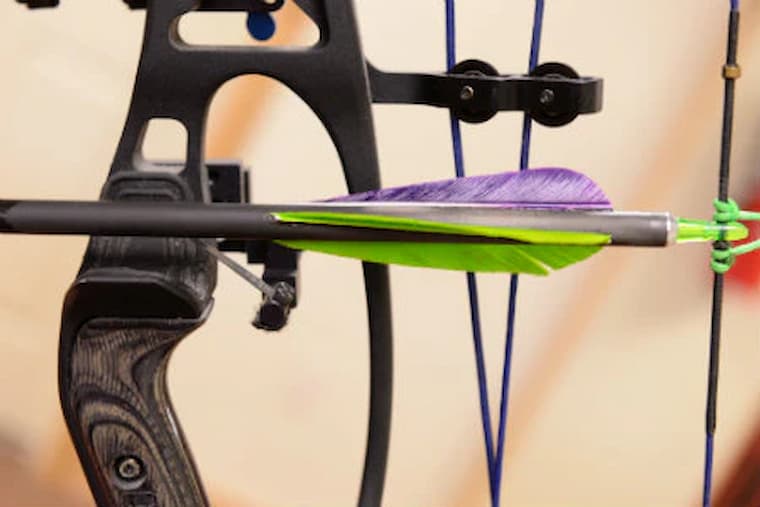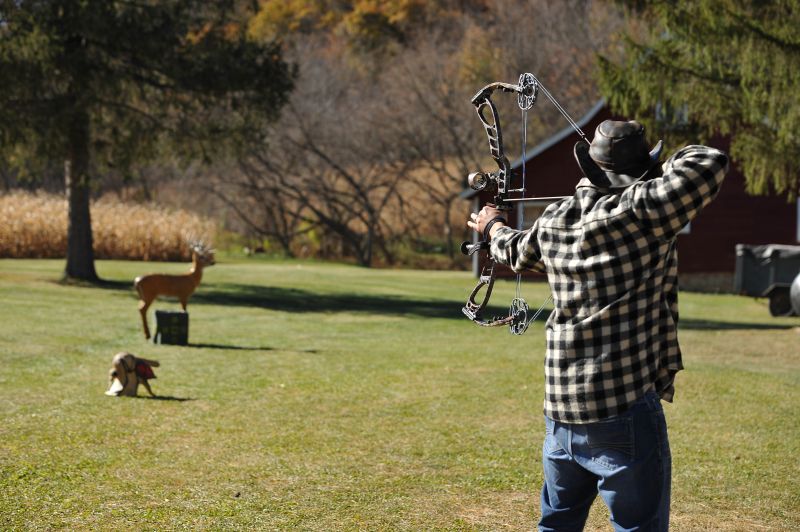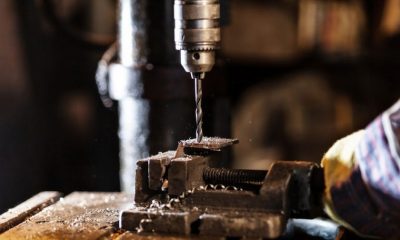Other
Enhance Your Aim: The Benefits and Types of Hunting Archery Rests
A single, well-placed shot can be the difference between a successful hunt and a missed opportunity. Whether you’re aiming for a trophy buck or honing your skills in target practice, the right equipment can improve your accuracy and overall experience. Arrow rests are among the most essential tools that can enhance your performance.
Make sure to take a sturdy archery rest on your next hunting adventure. They’re constructed with high-quality materials such as aircraft-grade aluminium, so they can withstand the rigours of hunting and ensure long-lasting performance. They securely hold your arrow until you release it, and some even include features like anti-bounce back launchers and lockable launchers for added security. Read on to discover the benefits of using these tools and the various types available.
Why Do I Need an Arrow Rest?

The archery rests are essential accessories in archery. They connect to the bow and provide crucial support for the arrow throughout the aiming and firing process. The name itself reveals its primary function – holding the arrow securely in place until you release it. Despite its seemingly simple role, this tool significantly influences your shooting experience and performance. Made from materials like plastic, metal, or aluminium, these rests come in various styles to suit different needs and preferences.
For those using recurve bows, it might initially seem natural to shoot directly off the bow shelf, as it serves a similar purpose. However, using an archery rest offers several advantages. It enhances comfort and accuracy while reducing the wear and tear on your bow. Shooting off the shelf can lead to inconsistencies and potential damage to the bow over time.
This tool provides a more stable and consistent support, ensuring smoother and more accurate shots. When it comes to compound bows, the importance of this accessory becomes even more pronounced. Without one, the quality of your shots can significantly decline. It plays a vital role in maintaining high precision and power. It helps you align the arrow perfectly, reducing unwanted movements, and ensuring that it leaves the bow in the most efficient way possible.
Different Types of Archery Rests

Arrow rests are essential accessories in archery. Despite their simple role, they come in various forms and can significantly impact your shooting accuracy and the longevity of your bow. They can be made from materials such as plastic, metal, or aluminium, and their design and attachment method can vary:
- One common type is the launcher rest, which offers a straightforward design with minimal contact for the arrow, making it ideal for target archery. However, it’s less suitable for hunting because the arrow can easily fall off at odd angles;
- Containment rests, also known as whisker biscuit rests, address this issue by fully enclosing the arrow, ensuring it remains secure even when the archer is leaning or moving at unusual angles. This makes them excellent for hunting, though they can slightly reduce accuracy due to the increased contact with the arrow and fletching;
- Drop-away rests combine the best features of the other types by providing full containment and then dropping away when you fire the arrow to avoid contact, ensuring a clean and precise shot. These can be limb-driven or cable-driven, depending on how they attach to the bow. While they offer the highest accuracy, they are also the most complex to set up and tune;
- Recurve bow users have a different set of options, often simpler in design. Shelf rests are the most basic, providing a cushioned surface for the arrow. Stick-on models, typically made of plastic, are easy to attach and offer a convenient option for bows;
- Lastly, there’s the rest and plunger setup. The plunger, which works alongside it, is a small cylindrical tool with a spring that helps centre the arrow and absorb imperfections, enhancing the arrow’s flight path.
How Do I Pick the Ideal One?

Choosing the right model depends on several factors, such as the type of bow you use, your budget, and your archery goals – whether you aim to compete in target archery or venture into bowhunting. Understanding these considerations will help you select the most suitable option for your needs. Consider:
- Degree of arrow retention: While it may seem obvious that this tool should hold your arrow, the extent to which it does this is crucial, especially for bowhunters. Hunters often find themselves in positions where a stable arrow is vital. If it falls off, you must let down your bow and re-draw, which can be particularly frustrating. Hence, it’s important to look for a model that securely holds your arrow;
- Arrow interference: Every time you release an arrow, it passes through the rest, and any contact can alter its flight path. Manufacturers design fixed models with springy materials to minimise this interference, but some contact is inevitable. Therefore, a rest that retains the arrow well might interfere more with its flight, affecting shot accuracy. Balancing arrow retention and interference is key when choosing this accessory;
- Ease of use and maintenance: Drop-away archery rests can minimise arrow interference and provide firm retention, but they can be complex to install and tune. Their complexity makes them more prone to issues and requires more expertise to maintain. Many archers, especially those using compound bows, might opt for simpler designs to avoid these complications;
- Adjustability: While some prefer a plug-and-play option, others want complete control over their setup. If you like to tweak your equipment, consider a micro-tune rest that allows for fine adjustments. Cheaper ones often lack adjustability, while more expensive options offer precise tuning with a dial. While it’s generally advisable to have a rest that you can configure on all three axes, this comes down to personal preference and how much you’re willing to invest in your equipment.
Writing for the blog since 2012, Chris simply loves the idea of providing people with useful info on business, technology, vehicles, industry, sports and travel – all subjects of his interest. Even though he sounds like quite the butch, he’d watch a chick flick occasionally if it makes the wife happy, and he’s a fan of skincare routines though you’d never have him admit that unless you compliment his impeccable skin complexion.


























